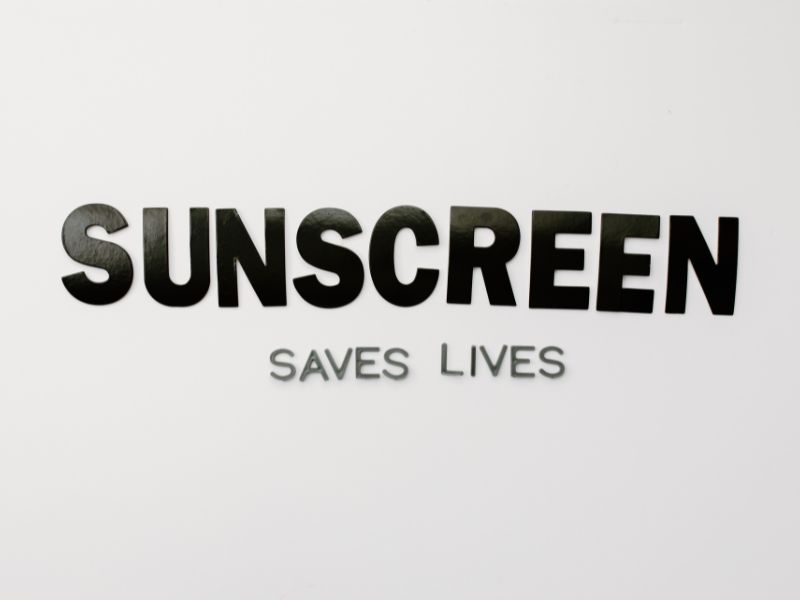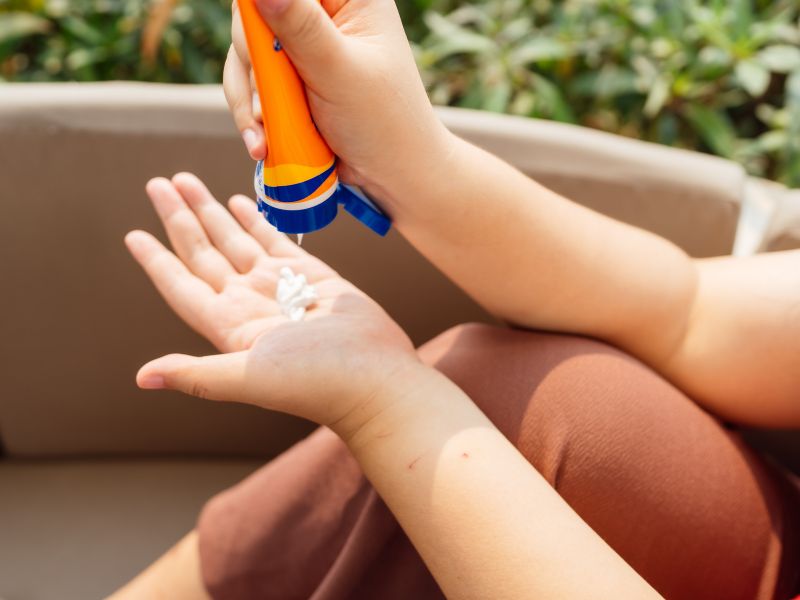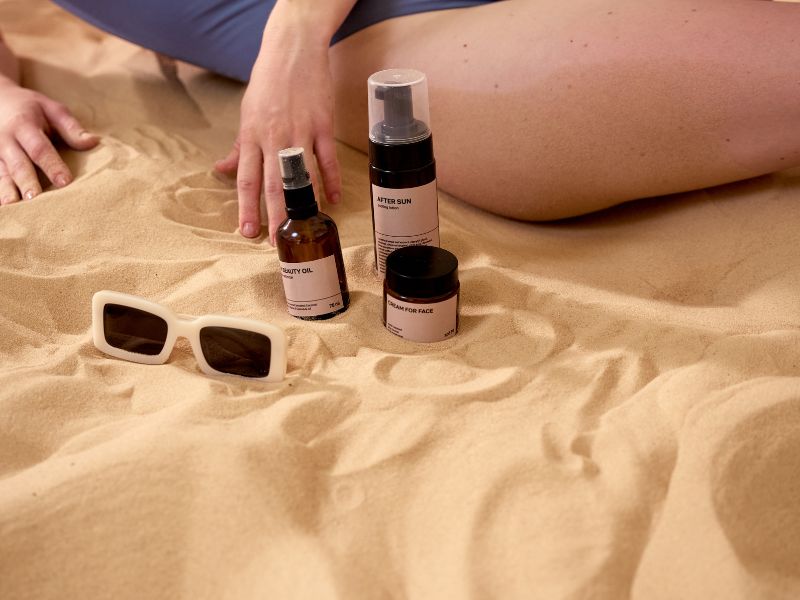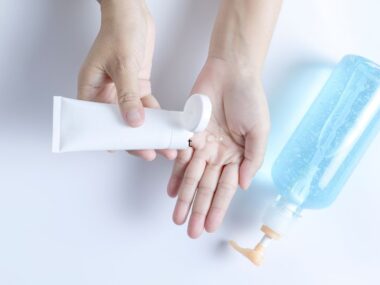Tanning has been a popular pursuit across cultures and climates, with many people desiring that sun-kissed glow associated with vitality, health, and beauty. At the same time, there is an increasing awareness of the risks associated with unprotected sun exposure, such as skin cancer, premature ageing, and other forms of skin damage. Sunscreen is widely recommended to protect against these harmful effects, but a common question persists: “Will I still tan if I wear sunscreen?” This article delves into the science behind sunscreen, tanning, and skin health to offer a clear understanding of how sunscreen works and its impact on tanning.
The Basics of Tanning and Skin Protection
How Tanning Works
Tanning is a process in which skin darkens or burns due to exposure to ultraviolet (UV) radiation from the sun or artificial sources like tanning beds. When UV radiation penetrates the skin, it damages DNA within skin cells, triggering an increase in melanin production. Melanin is the skin’s natural pigment, and when it increases in response to UV exposure, the skin darkens as a protective measure. However, while tanning might make the skin appear more resilient, it reflects skin damage. This is a fundamental reason why sunscreen is emphasized in dermatological care.
The Role of UV Rays in Skin Damage
UV radiation is divided into two primary types that impact the skin: UVA and UVB. UVA rays penetrate deep into the skin layers and are primarily responsible for premature ageing, while UVB rays cause more superficial damage, including sunburn. Both contribute to the risk of skin cancer. Sunscreens are designed to absorb or reflect these UV rays, reducing their harmful impact on the skin.
How Sunscreen Works: SPF, Broad-Spectrum, and Formulations
SPF and UVB Protection
SPF, or Sun Protection Factor, measures a sunscreen’s ability to protect against UVB rays. For example, an SPF of 30 theoretically allows a person to stay in the sun 30 times longer without burning than they would without protection. However, SPF only accounts for UVB protection, which is why “broad-spectrum” sunscreens are encouraged. Broad-spectrum products protect against both UVA and UVB rays, helping shield the skin from sunburn and signs of ageing.
Chemical vs. Mineral Sunscreens
Sunscreens come in two main types: chemical and mineral. Chemical sunscreens contain ingredients like oxybenzone or avobenzone that absorb UV radiation and convert it to heat, which is then released from the skin. Mineral (or physical) sunscreens, such as zinc oxide and titanium dioxide, physically block UV rays by reflecting them off the skin. Both types are effective when used correctly, but mineral sunscreens often provide broader protection and are gentler on sensitive skin.
Common Myths About Sunscreen and Tanning
Many believe that wearing sunscreen completely blocks tanning, while others assume that lower SPFs or infrequent reapplication allows them to tan while still being protected. In reality, while high-SPF sunscreens significantly reduce UVB penetration, they do not eliminate exposure to UV radiation. Therefore, some tanning may still occur, especially with longer sun exposure.
Can You Still Tan While Wearing Sunscreen?
Partial Protection and Gradual Tanning
Wearing sunscreen does not entirely prevent tanning. Even high-SPF sunscreens do not block 100% of UV radiation, allowing a small amount of exposure to reach the skin. For example, SPF 30 sunscreen filters out about 97% of UVB rays, while SPF 50 filters out approximately 98%. This means that a small percentage of rays still reach the skin, which can trigger melanin production and result in a gradual tan over time.
Type of Sunscreen and Application Matter
Broad-spectrum sunscreens are more effective at preventing tanning than UVB-only sunscreens because they also block UVA rays, which contribute to tanning and ageing. However, the level of protection also depends on the consistency and amount of sunscreen applied. Studies show that most people apply far less sunscreen than recommended, reducing its protective effect. Dermatologists recommend applying at least one ounce (about a shot glass full) for the entire body and reapplying every two hours, especially after swimming or sweating.
Tanning Through Sunscreen: Factors at Play
- SPF Level: Higher SPF offers better protection against UVB rays but does not completely block tanning.
- Reapplication: Sunscreen can wear off, and even waterproof versions should be reapplied every two hours.
- Intensity of UV Exposure: The strength of UV rays varies by location, time of day, and season. The sun’s rays are most potent between 10 a.m. and 4 p.m., and UV exposure is generally higher in tropical areas or at higher altitudes.
- Skin Type: People with darker skin may tan more slowly than those with lighter skin, but they are still susceptible to UV damage.
The Benefits of Sunscreen Beyond Tanning
Prevention of Sunburn and Skin Cancer
Sunscreen’s most significant advantage is its ability to prevent sunburn, which is both painful and a primary indicator of skin cell DNA damage. Regular sunscreen use lowers the risk of various skin cancers, including melanoma, basal cell carcinoma, and squamous cell carcinoma. Research published in “The Journal of Clinical Oncology” highlighted that individuals who use sunscreen daily experience 40% fewer cases of melanoma, underscoring sunscreen’s protective benefits.
Protection Against Premature Aging
UVA rays are notorious for contributing to premature ageing, as they penetrate deep into the skin, breaking down collagen and elastin. This leads to fine lines, wrinkles, and hyperpigmentation. By protecting against both UVA and UVB rays, sunscreen reduces the likelihood of premature ageing, making it a valuable addition to any skincare regimen.
Reduced Hyperpigmentation
For people prone to hyperpigmentation (uneven skin tone), sunscreen can prevent further darkening of affected areas. Exposure to UV radiation can exacerbate pigmentation issues, making conditions like melasma more prominent. Wearing sunscreen can reduce these effects, leading to a more even skin tone over time.
Choosing the Right Sunscreen to Minimize Tanning
Selecting an Appropriate SPF
For those who wish to avoid tanning altogether, using a higher SPF sunscreen (50 or more) is ideal. SPF 50 blocks about 98% of UVB rays, but for those seeking further protection, combining sunscreen with sun-protective clothing, wide-brimmed hats, and sunglasses can provide additional barriers against UV exposure.
Importance of Broad-Spectrum Formulations
A broad-spectrum sunscreen is essential because it protects against UVA and UVB rays, which are both involved in tanning and skin damage. Look for labels indicating “broad-spectrum” to ensure comprehensive protection.
Opt for Water-Resistant Options for Active Days
Water-resistant sunscreens are advantageous for activities that involve sweating or swimming. However, no sunscreen is entirely waterproof, and water-resistant formulations typically protect for 40 to 80 minutes of water exposure. Reapplying immediately after swimming or towel-drying is essential to maintain effectiveness.
Layering for Additional Protection
Combining sunscreen with other sun-protection measures, such as wearing UPF-rated clothing and using hats and sunglasses, offers optimal defence against UV rays. Some people use antioxidants like vitamin C serum beneath their sunscreen for an extra layer of protection, as these antioxidants can help neutralize free radicals caused by UV exposure.
The Psychological Aspects of Tanning and Sun Protection
Perceptions of Tanning and Health
Despite extensive research on sun damage, the appeal of tanned skin remains strong. For some, tanning is associated with outdoor activities and a healthy lifestyle, but this perception has begun to shift as awareness of the risks grows. Campaigns promoting the beauty of natural skin tones and the dangers of tanning beds have led to a cultural shift, encouraging people to prioritize skin health over temporary aesthetics.
Tanning Alternatives
Many people seeking the aesthetic of tanned skin now opt for sunless tanning methods, such as self-tanning lotions, sprays, or airbrush tanning. These methods use dihydroxyacetone (DHA), a sugar that temporarily darkens the skin’s outer layer without causing the cellular damage associated with UV radiation.
Conclusion
In conclusion, wearing sunscreen does not completely prevent tanning but significantly reduces the extent and rate of tanning by blocking most UV radiation. For those who want to maintain fair skin and avoid tanning altogether, consistent reapplication of broad-spectrum, high-SPF sunscreen, along with sun-protective clothing, is recommended. The benefits of sunscreen extend far beyond preventing tanning; it is an essential tool in reducing the risk of skin cancer, preventing premature ageing, and promoting overall skin health.
The choice to wear sunscreen is a commitment to protecting the skin from irreversible damage while still allowing individuals to enjoy time outdoors safely. The notion that sunscreen blocks tanning entirely is a misconception; while it reduces UV exposure, it allows enough for gradual tanning, particularly with prolonged exposure. Embracing sunscreen as a daily habit is one of the simplest yet most effective ways to maintain skin health in the long term.






